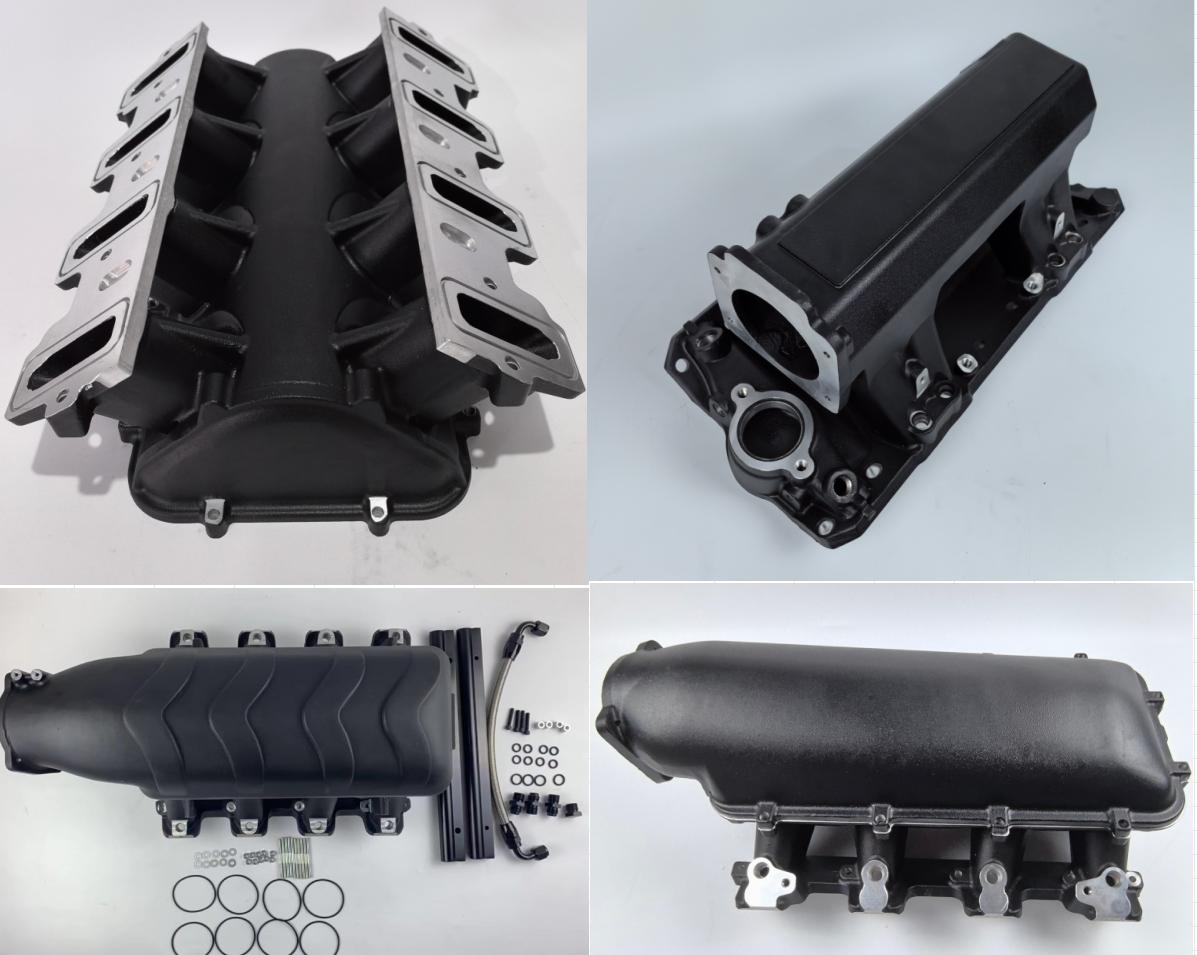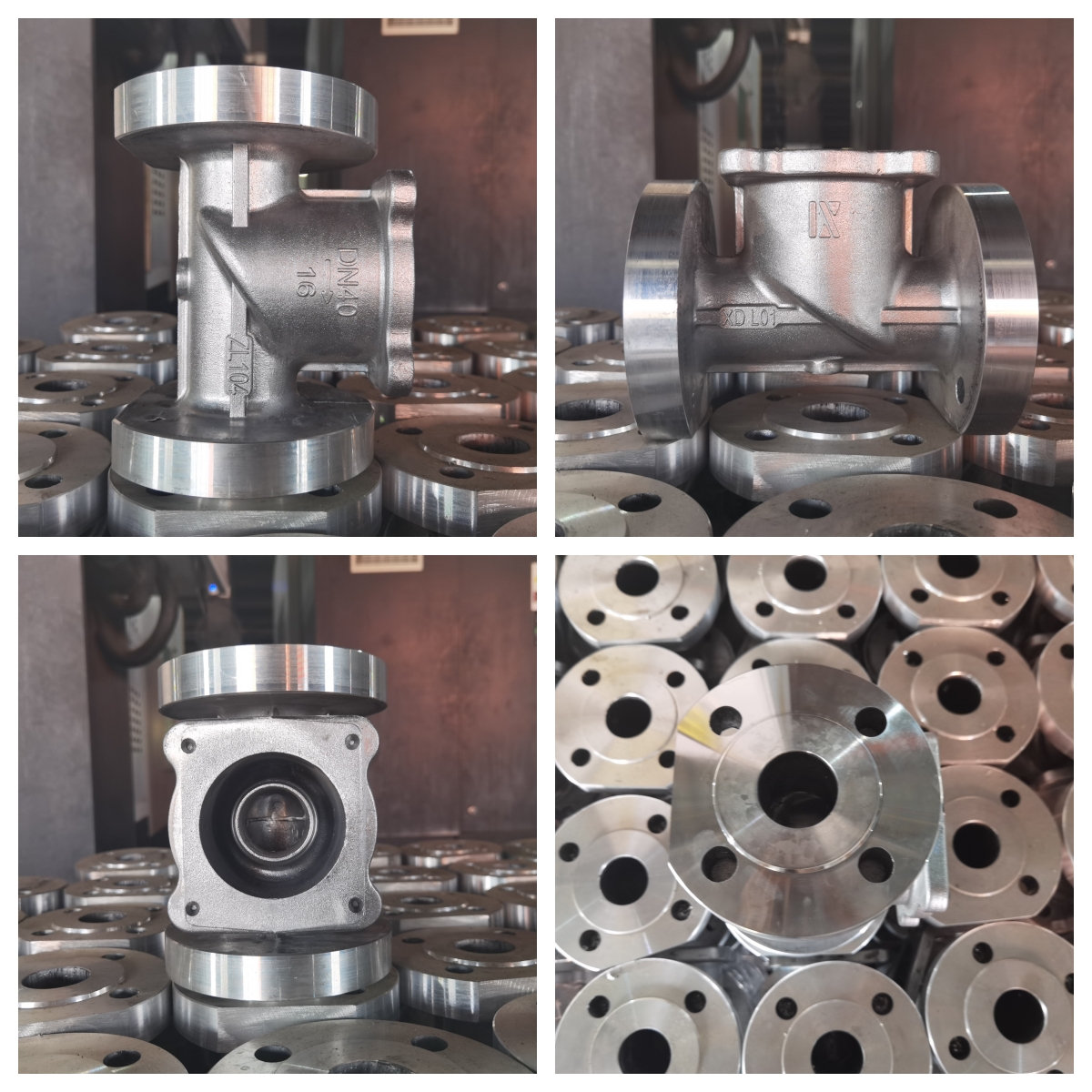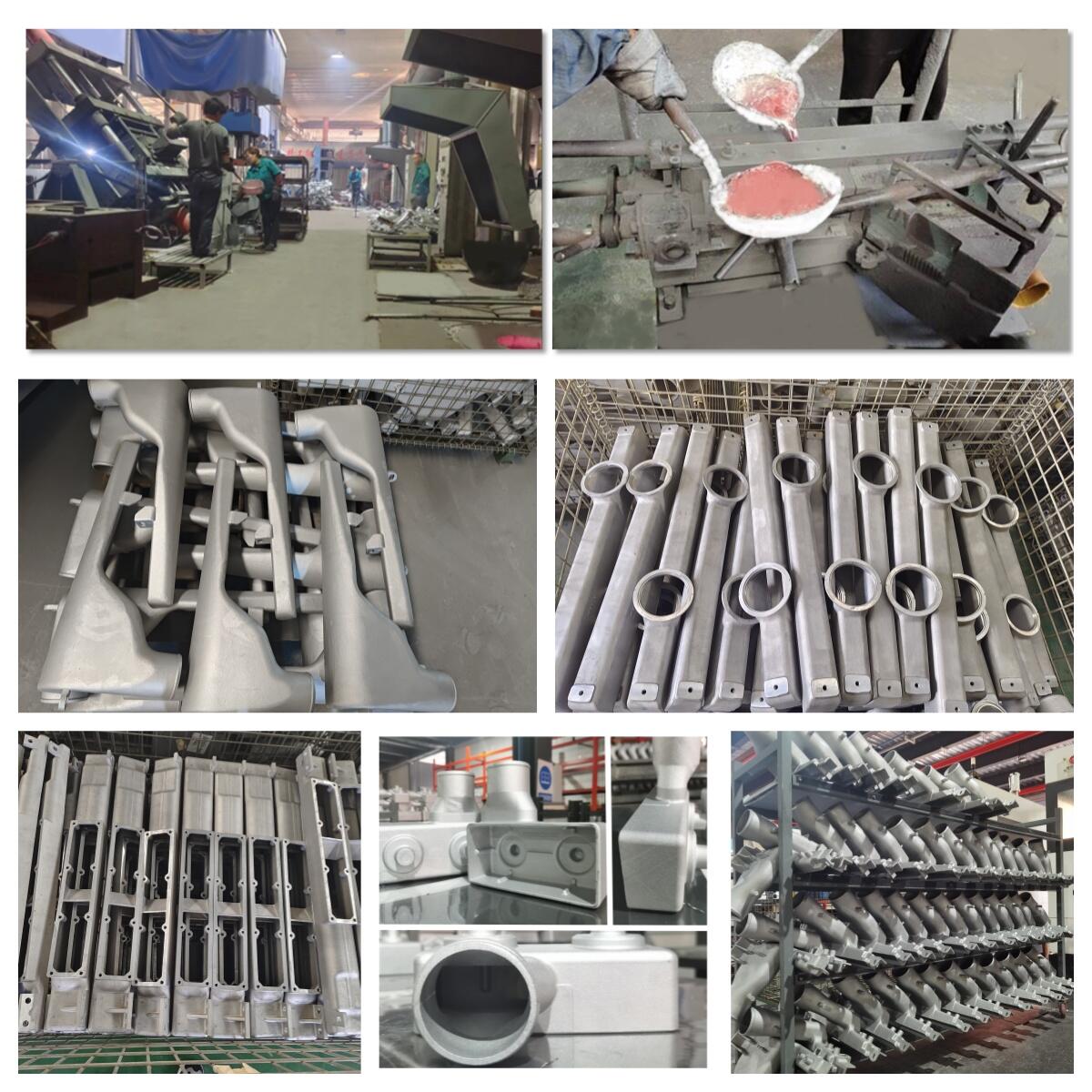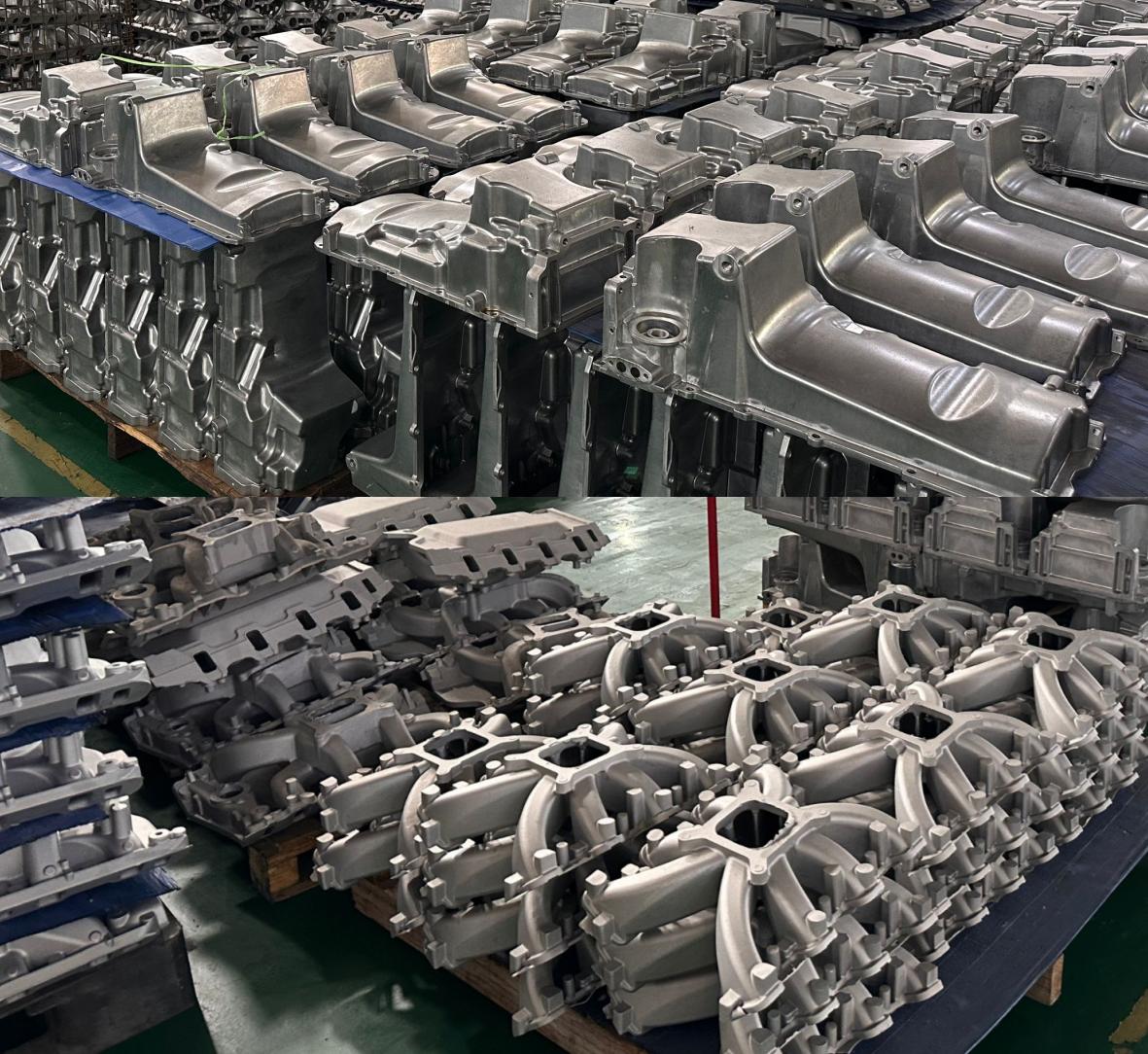Casting is an ancient and evolving manufacturing process that plays a key role in shaping the world we live in today. From the smallest components in our everyday items to the giant buildings that make up our skyline, cast products are everywhere. In this blog, we will take a deep dive into a few ways that casting is produced.

The Nature of Casting
The essence of casting is the process of pouring molten material (usually metal) into a mold or cavity and ejecting or removing it after cooling and solidification to form a finished part. This method has unparalleled flexibility in shape and size, and is capable of producing complex parts that are impossible or impractical to produce with other manufacturing techniques. Here are two common casting methods.

Sand Casting
Sand casting is one of the most widely used methods. It involves making a mold out of sand, which is relatively cheap and easy to process. Molten metal is poured into the sand mold, and after it solidifies, the sand grains are peeled away to reveal the finished part. The technology is well suited to the production of large parts and low to medium volumes. Its simplicity and cost-effectiveness make it a popular choice for industries such as automotive and heavy machinery.

Die Casting
Die casting involves injecting molten metal into a steel mold or die under high pressure. The technology is known for its ability to produce parts with close tolerances and smooth surfaces at high speed. It is commonly used for aluminum and zinc parts in industries such as automotive, consumer electronics, and telecommunications. The high initial cost of the mold can be offset by the efficiency and quality of the parts produced. And the minimum order quantity of the products usually chosen for casting is very high, which can cover the initial mold fee and the average unit price will be cheap.

The role of materials
The choice of materials is crucial in casting because it determines the performance of the final product. Metals such as iron, steel, aluminum, and copper are widely used for their strength, durability, and versatility. Each metal has its own characteristics and uses. For example, aluminum is lightweight and corrosion-resistant, making it ideal for automotive and aerospace parts. Steel has high strength and is often used in heavy machinery and construction. The development of advanced alloy materials has further expanded the possibilities of casting products, making it possible to produce parts with higher performance and reliability.
Jagrow provides customers with casting customization of different products, aluminum tubes, stainless steel tubes, radiator tanks, intake manifolds, exhaust manifolds, precision auto parts, etc., or customizes according to your samples and drawings. Please feel free to contact us if you have any needs.